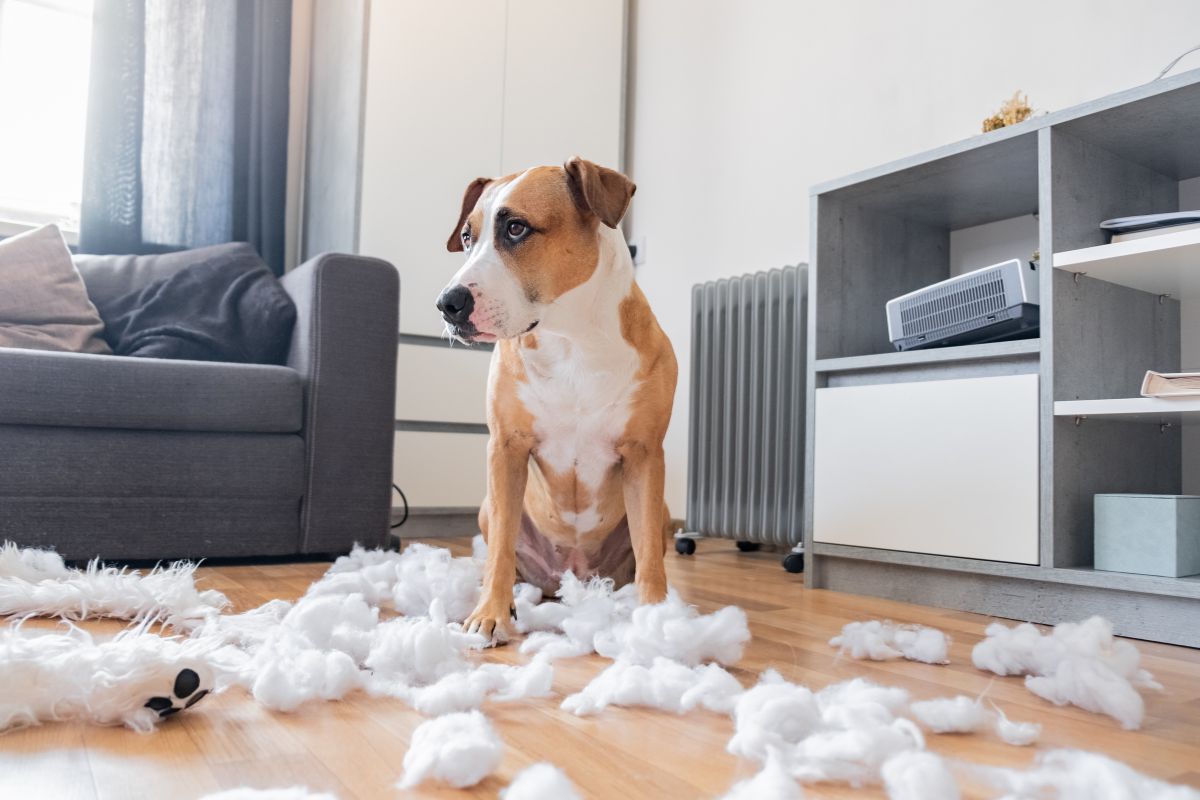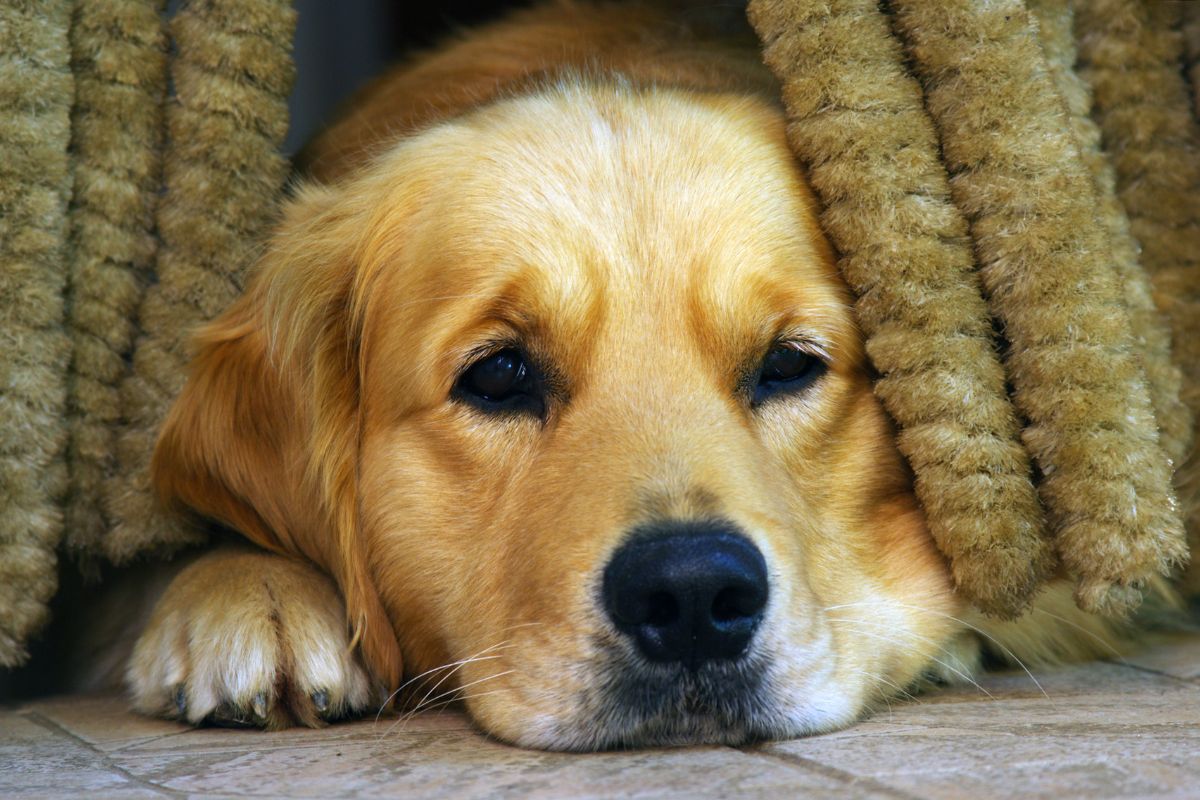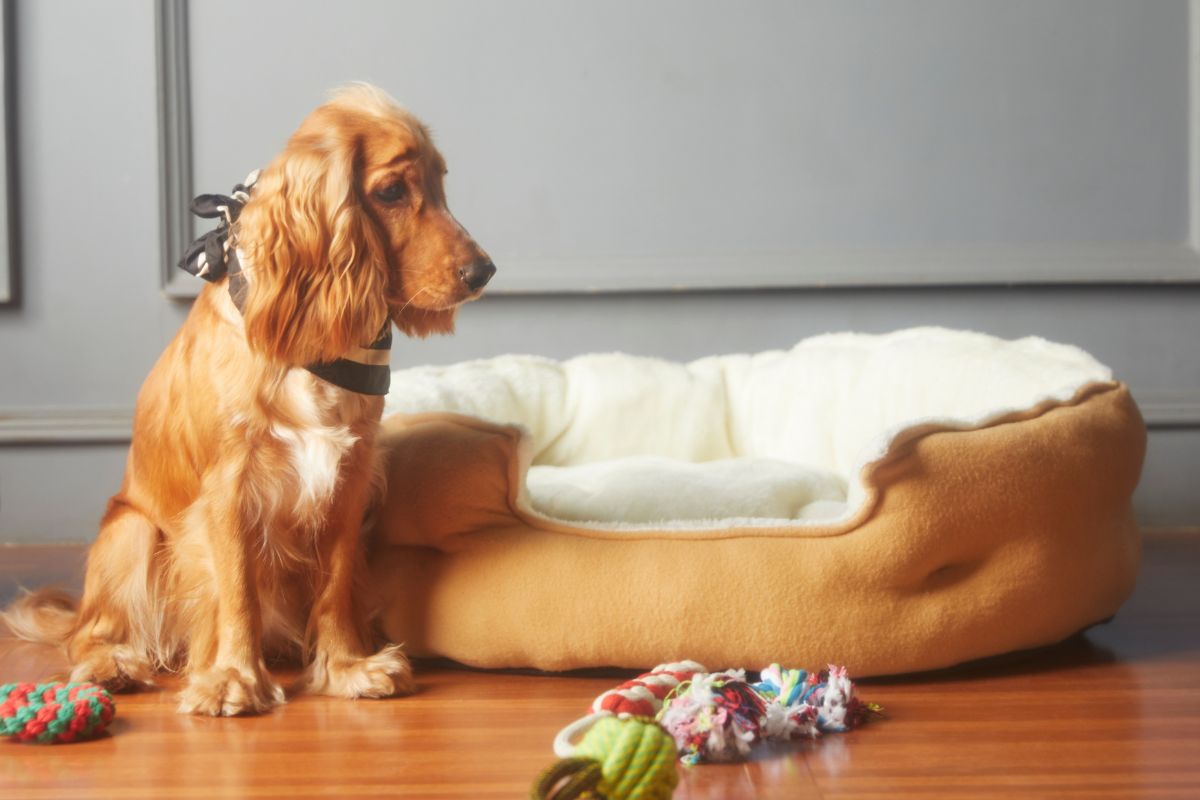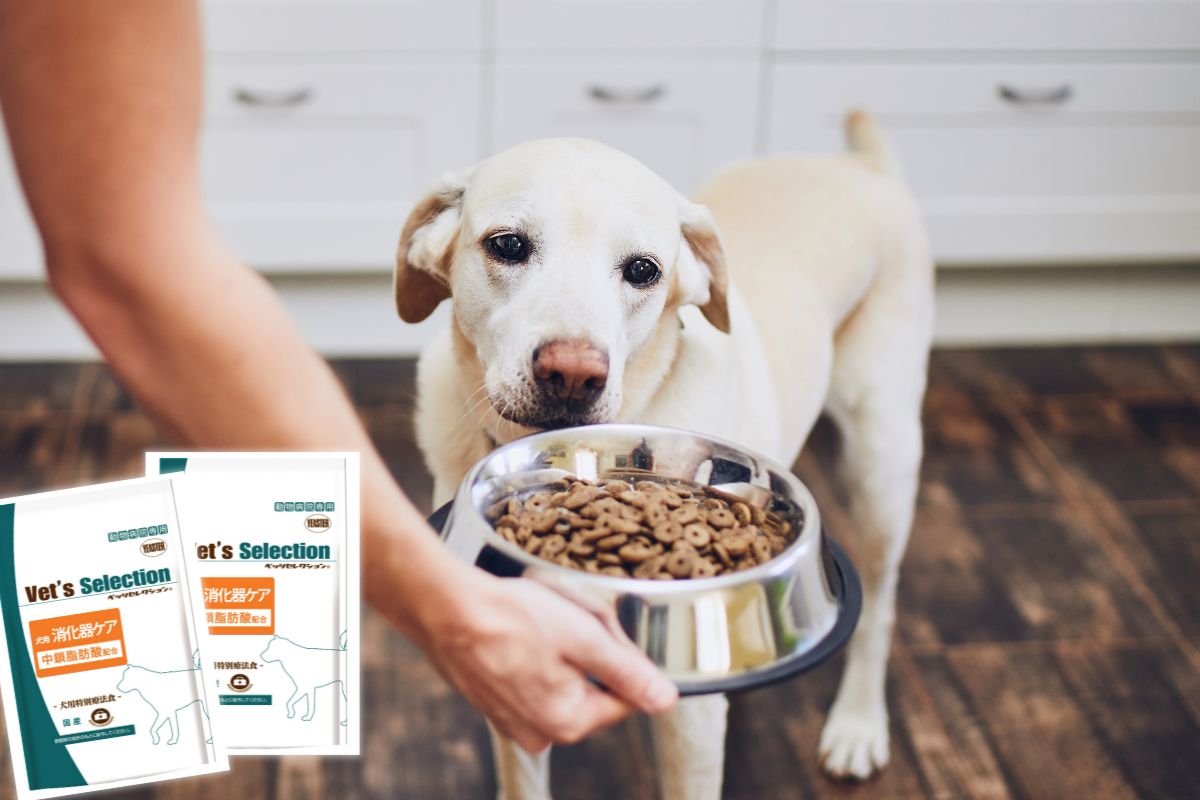In many Vietnamese households, dogs are often left home alone for hours while their owners go to work or school. During this time, many dogs become restless, bark continuously, or chew on furniture. This behavior not only causes inconvenience for owners and neighbors but also indicates potential mental health problems for the dog itself.
Understanding the root causes and applying proper solutions will help you raise a balanced and happy dog, even when it has to stay alone at home.
Why do dogs often chew and bark when left alone?
There are several factors that lead to destructive behavior when dogs are left without supervision. Some of the most common reasons include:
Separation anxiety
Dogs are pack animals. When left alone, many feel insecure and anxious, as if they are being abandoned. This anxiety can lead to chewing on chairs, shoes, or barking nonstop.
Lack of exercise and mental stimulation
Dogs that do not get enough physical activity accumulate excess energy. Without a healthy outlet, they release this energy by chewing or digging.

Boredom and lack of proper toys
When they have nothing to do, dogs may turn to household items for “entertainment.” This is a natural instinct, not always a sign of misbehavior.
Reinforced habits
Some dogs learn that chewing or barking earns them attention from their owners. Over time, this develops into a hard-to-break habit.
Consequences of prolonged stress in dogs
Destructive behavior is not only about damaged belongings but also a warning sign of mental distress. If left unchecked, chronic stress can make dogs irritable, reduce their ability to focus during training, and even weaken their immune system.
Excessive barking may also cause hoarseness, sore throat, or, in severe cases, vocal cord damage — all of which negatively impact overall health.

How to help dogs reduce stress and limit destructive behavior
Increase exercise before leaving them alone
A long walk or a play session before you leave helps dogs release energy. Once tired, they are more likely to rest peacefully while you’re away.
Provide interactive toys
Food puzzle toys, durable chew balls, or brain games keep dogs entertained while stimulating their minds. This greatly reduces the likelihood of them chewing household items.
Create a safe space
Designate a cozy corner with a bed, water, and toys. This personal space helps dogs feel secure and reassured when left alone.

Gradual alone-time training
Start by leaving your dog alone for short periods (5–10 minutes), then gradually extend the time. This teaches them to adapt without overwhelming them immediately.
Balanced nutrition
A proper diet contributes to both physical health and mental stability. You may consider Vet’s Selection Digestive Care for Dog, a complete diet produced in Japan and trusted by many pet owners. This product not only provides full nutrition but also supports digestive health, helping dogs feel more comfortable and reducing stress-related behaviors when home alone.

Reconnecting with your dog after returning home
One of the best ways to ease stress is to spend quality time with your dog after being apart. Engage in play, gentle training, or simply cuddling. This strengthens your bond and reassures them for future times when they must be left alone.
Chewing and excessive barking when left alone are not signs of a “bad dog,” but signals that your pet may be stressed, bored, or lacking exercise. By combining physical activity, engaging toys, a safe space, and a balanced diet, you can help your dog feel calmer and behave better when home alone.
A dog that is fulfilled both physically and mentally will be happier — bringing peace and joy to your family as well.


 Vietnamese
Vietnamese  日本語
日本語  English
English 



